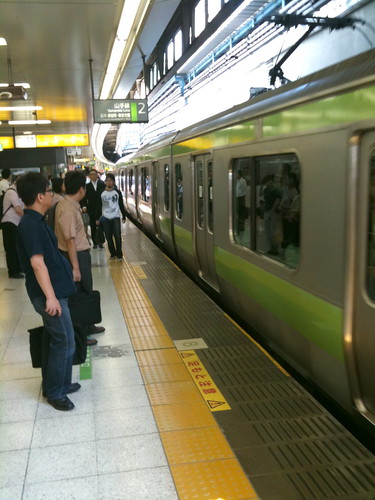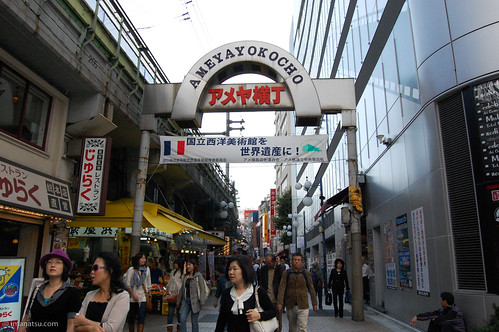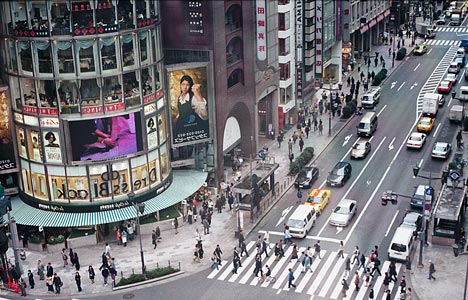
From the skyscrapers and luxury shops, the neighborhoods in technology and great palaces, the Japanese capital is decrypted with patience, but at the speed of the bullet train. In Yamanote subway line, a line of impeccable style Armani executives share a seat with a middle-aged woman talking on a cellphone with a traditional kimono. Outside, waiting for the city where concrete and asphalt jungle, full of towering skyscrapers, seems to be endless. But the intricate plot holds many surprises to unravel slowly.
In a scenario where rampant consumerism is present in the best brands in the world, live large museums, art galleries, markets in hidden alleys, traditional events and ceremonies with silent temples and shrines, and ever present touch of green in the gardens and parks that dot the city from time to time. Located in the Kanto region on Honshu Island, the old Edo, who replaced as imperial capital Kyoto in 1603, to finally become Tokyo in 1863, is today actually a conglomerate of 23 special wards, or ku, and 26 cities or shi, home to one third of the 34 million inhabitants, distributed in other prefectures, towns and villages.
It is hard to imagine that the big city, the largest in the world, emerged recently as a few tens of years after a story where there was no shortage devastating earthquakes and numerous bombing attacks in World War II.
Discover Tokyo is an adventure as the taste of every traveler. The above Yamanote line, efficient and tidy through the town and is connected by means of 29 modern stations and a train service which appears every two minutes. More than three million people use per day and is the best way to discover the city. Moving to this system and a map provided by the hotel on duty is not complicated once you take the hand. In all seasons is in Japanese and English panels, ticket vending machines that accept notes and give change, and a friendly white-collar staff always in sight to solve any problem and resolve language difficulties sympathetically.
The average stay in any trip to the capital of Japan is one week, making it necessary to choose only some of the 23 districts. After the inevitable visit to the Imperial Palace and its gardens, is a good idea to start a tour and dive into the roots of Japan, are also spectacular museums that gleam in the park. Where you can see ancient relics and follow the country’s culture, where no significant evidence missing samurai armor and the famous theatrical short sword for hara-kiri, displayed like a jewel. The circuit is close to striking temples and shrines, the Zoo in the capital and a colorful street market in Ameyokocho.

Ginza, the exegesis of luxury, is another must. This traditional neighborhood, known as Fifth Avenue in the city, concentrates the largest high-tech shopping malls and boutiques where you can fill your eyes with an infinite supply of the most luxurious brands. The area offers all kinds of restaurants and is close to Kabuki Theater. A short walk from the Tsukiji Market, the largest fish market in the world, whose posts and restaurants you can savor a rich assortment of sushi. That and much more with the city to show the traveler, and come back and we just say.

Good luck in your journey through Tokyo!
Leave a Reply
You must be logged in to post a comment.
Recent Comments